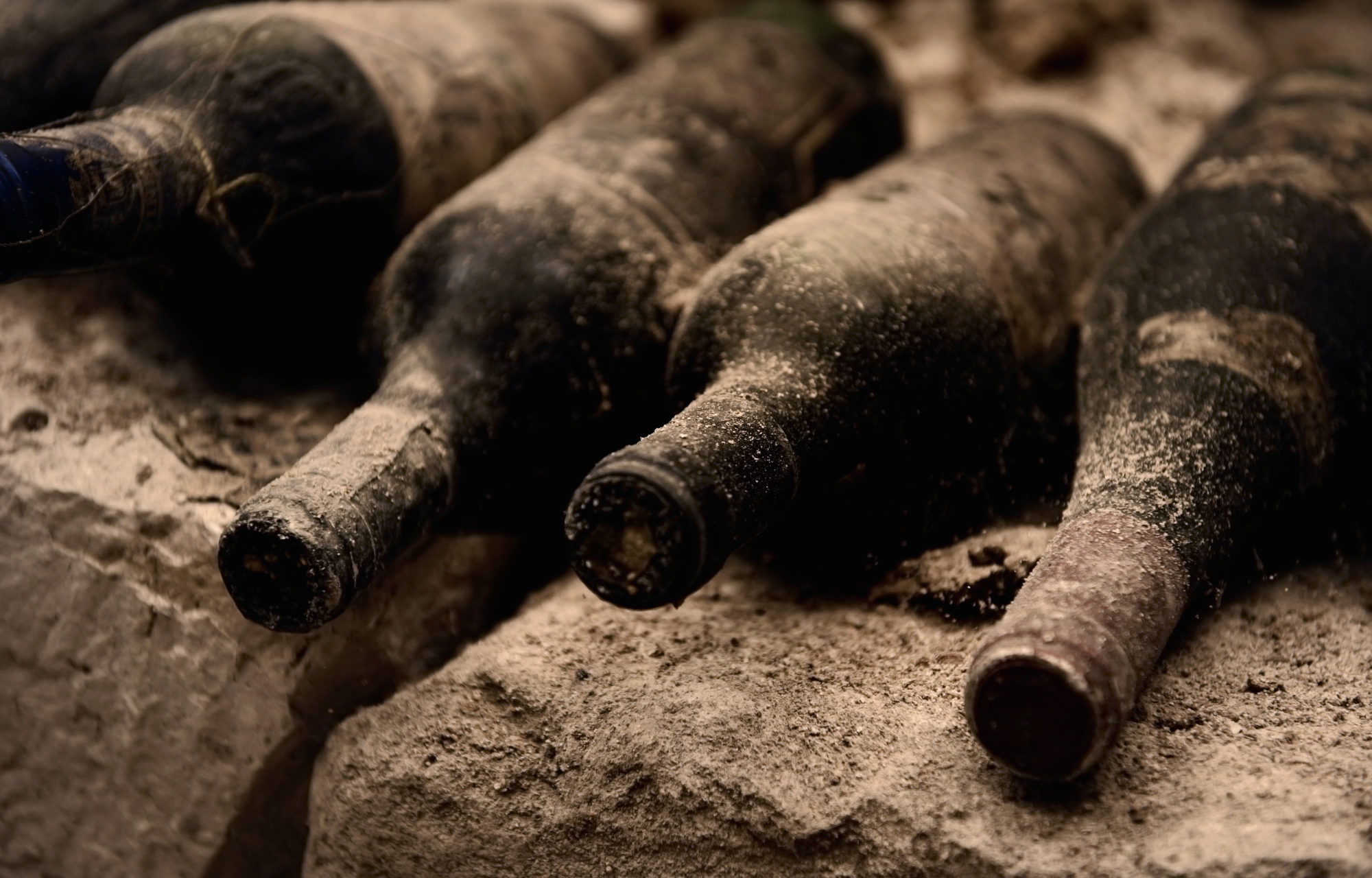Carbonic maceration is a closed top, whole bunch fermentation, which reduces bitter grape tannins and preserves delicate floral aromas in red wines. The grapes are uncrushed and there is no intervention with yeast. Base for this theory was formed by Louis Pasteur. He discovered that berries held in air hold different flavours compared to berries kept in carbon dioxide atmosphere. White grapes develop unpleasant flavours. Carbonic maceration is done with whole bunch, uncrushed grapes, who are put in a closed tank filled with carbon dioxide. Carbondioxide is used to remove the oxygenand create an anaerobic environement. An intracellular fermentation starts within the intact berry. A small amount of alcohol is formed with aromatic compounds. The maceration period depends on the temperature and can be from 1-3 weeks. So basically, it is internal fermentation in an intact grape in a carbon dioxide atmosphere. After this, grapes are crushed and are allowed to ferment. The berries loose about 20% of their sugar during this internal fermentation. Alcohol level raises with 2%, there is a gain in Glycerol and a 50% of the harsh malic acid. It is used in the Beaujolais, but also with the Gamay grape in the Rhône. Also, with the Carignan grape for early drinking Languedoc-Rousillon wine). Its use in the new world has been limited. True carbon maceration is rare. In reality it is almost impossible to keep the grapes intact. The weight of the grapes makes the grapes in the bottom break. Fermentation start by the yeast on the grapes skin or from the winemaking material. The upper layer will undergo real carbonic maceration, but the others will undergo both internal and external fermentation. Interesting to know is that the reduction of malic acid in the berry is not due to MLF. Because no yeast is added. The wine gets such a nice colour, despite the fact that there is no crushing because the anthocyanins are more dissolved than the tannins. Ofcourse carbonic maceration will extract less colour than semi-carbonic maceration.
Semi-carbonic maceration is almost the same procedure as carbonic maceration. The only difference is that the vats are not sealed and filled with external carbon dioxide, but the tanks are filled by the carbon dioxide produced in the bottom. Due to the crushed berries in the bottom, yeast on the skin of the grapes can start fermentation, carbon dioxide is produced and goes up in the vessel. Leaving the intact berries above in an anaerobic environement and starting the carbonic maceration. Phase one: the internal fermentation stops when alcohol level has reached about 2% in the grape or when the grape is burst by the weight. Once phase one is finished the grapes are pressed. Free run juice, produced by alcoholic fermentation by the crushed grapes may be run off separately. But in contrast to de-stemmed fermentation the press wine is of better quality.
